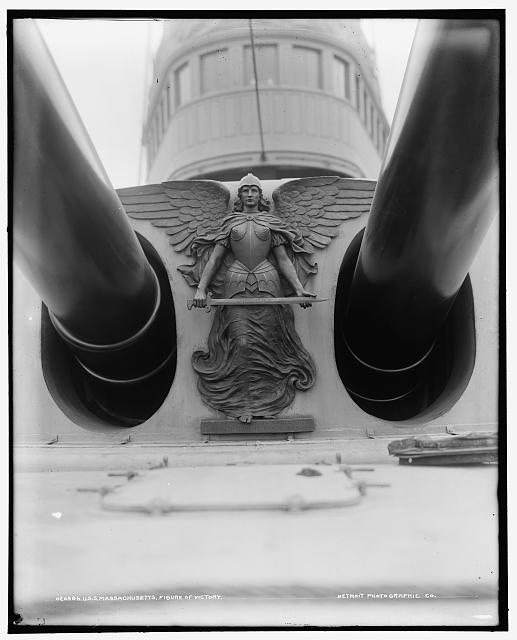In Syria the FSA and some other rebel factions have acquired
former Government tanks and according to Iran’s news channel Press TV (take
this with a grain of salt) from Libyan arsenals supplied by the west. These
mostly seem to be the venerable old T-55 which has been serving the needs of
third world and smaller states for the better part of nearly 60 years. In Syria
we’ve been seeing many videos of the rebels operating T-55s with varying
degrees of effectiveness. Syria’s prewar armory was a mishmash of Soviet
designs and anything else they could get their hands on, even ex-Wehrmacht
Panzer IVs. Of course with Soviet support the T-55 and T-62 dominated the
arsenal, with T-72 being delivered later on. This blog
gives the figure for the T-55 as around 2250 with many in fixed static positions
or, I assume, cannibalized for parts at some point.
I’ve studied Soviet hardware since I was about five years
old and the T-55 was always the hallmark of Soviet assistance. They had
produced thousands upon thousands of them and throughout the 1960s the Soviet
Army were more concerned with equipping themselves with the T-64 and later T-72
models. The T-55 was the bargain MBT handed out to client states. Even the Rhodesians
acquired some though the South Africans intercepting a shipment meant for Uganda
in the mid-1970s. The T-55 in its most effective form was after the IDF
captured a whole bunch in the Six Day and Yom Kippur wars. The IDF, never known
for being picky, upgraded their new tanks with American engines, electronics,
guns and even an American style phone on the back so the infantry can talk to
the tank commander. If you’ve seen The
Beast, a movie set in Afghanistan early in the Soviet invasion, you have
seen the IDF T-55. Dale Dye bought two of them for the production through
contacts with the IDF.
The IDF variant of the T-55 is the most interesting and,
frankly, a good model for up and coming young insurgent tankers to look at. Soviet
combat vehicles are not known for their reliability. The engine life on most
the T-series MBTs are insanely short. The V-55 diesel only put out about 80 HP
and was a direct descendent of a Soviet dirigible engine that, in 1928, was
fairly powerful. By the mid-1950s it was distinctly underpowered and with poor
quality control not even reliable.
Luckily for the modern owner of a T-55 there are upgrade
packages available. Kharkiv Morozov Machine Building in the Ukraine, for example,
offers an engine upgrade for the old T-55 with a multi-fuel power pack capable
of something like 850hp. In addition other upgrades are available, including
the main gun, electronics and co-axel machine guns. The company is specific that
the upgrades can be completed in small workshops with basic lifting equipment,
welding and metal cutting. If the specs listed are correct, the modified T-55
will have an across the board performance increase. You can buy T-55s for scrap
prices, purchase an upgrade kit and hit up your dad’s garage for a week for a
new tank. I wonder what the College Parking committee would say to that.
It goes to show that with upgrades the T-55 is still
extremely useful for small wars. While it’s no match for Western MBTs it doesn’t
really need to be. In a civil conflict, insurgent war or a conflict between two
roughly matched opponents a couple of upgraded T-55s would be perfect. The
continued use and upgrading of the T-55 also demonstrates how “westernized” our
ideas of security are. Sane leaders and commanders realize that the M1A2 and
Challenger 2 can annihilate any of their old Soviet tech without even turning
off the air conditioner. But they also
know that the possibility of that occurring is remote for the most part unless
they go Saddam Hussein or Serbia on somebody.
For the missions those small states undertake regionally a
reliable, upgraded T-55 is fine. In fact, I would argue that’s perfect. In the west we tend to get caught up in
technology and the continual sophistication of military equipment. None of this
is needed in conflicts like what we are seeing in Syria and what we have seen
in Libya and many other fights in and between small third world states. What IS
needed is reliability, low-tech, and easy to maintain. That’s why I wrote this,
I think the T-55 provides a good basis for such a beast and it provides a view
outside of the western-centric ideal of a technology powered army in regions
where high tech can be a hindrance.



